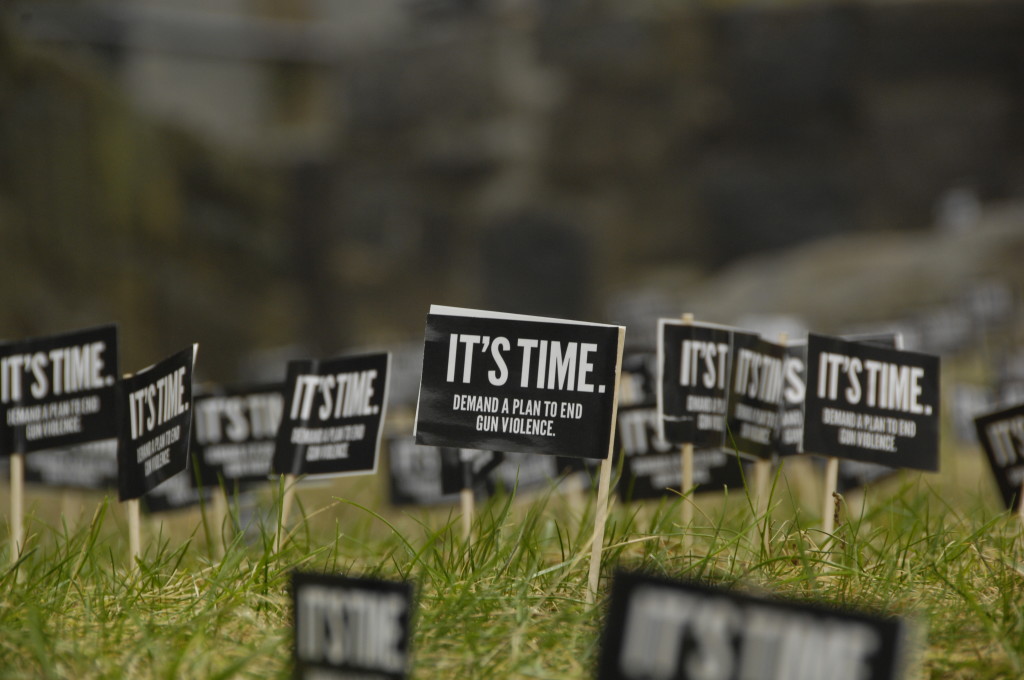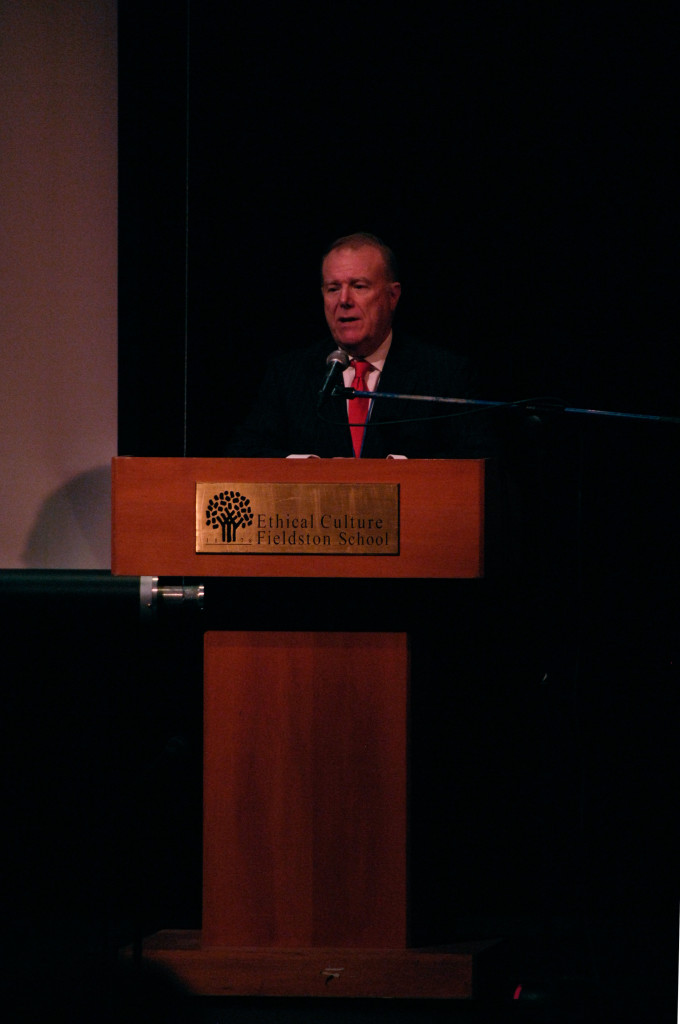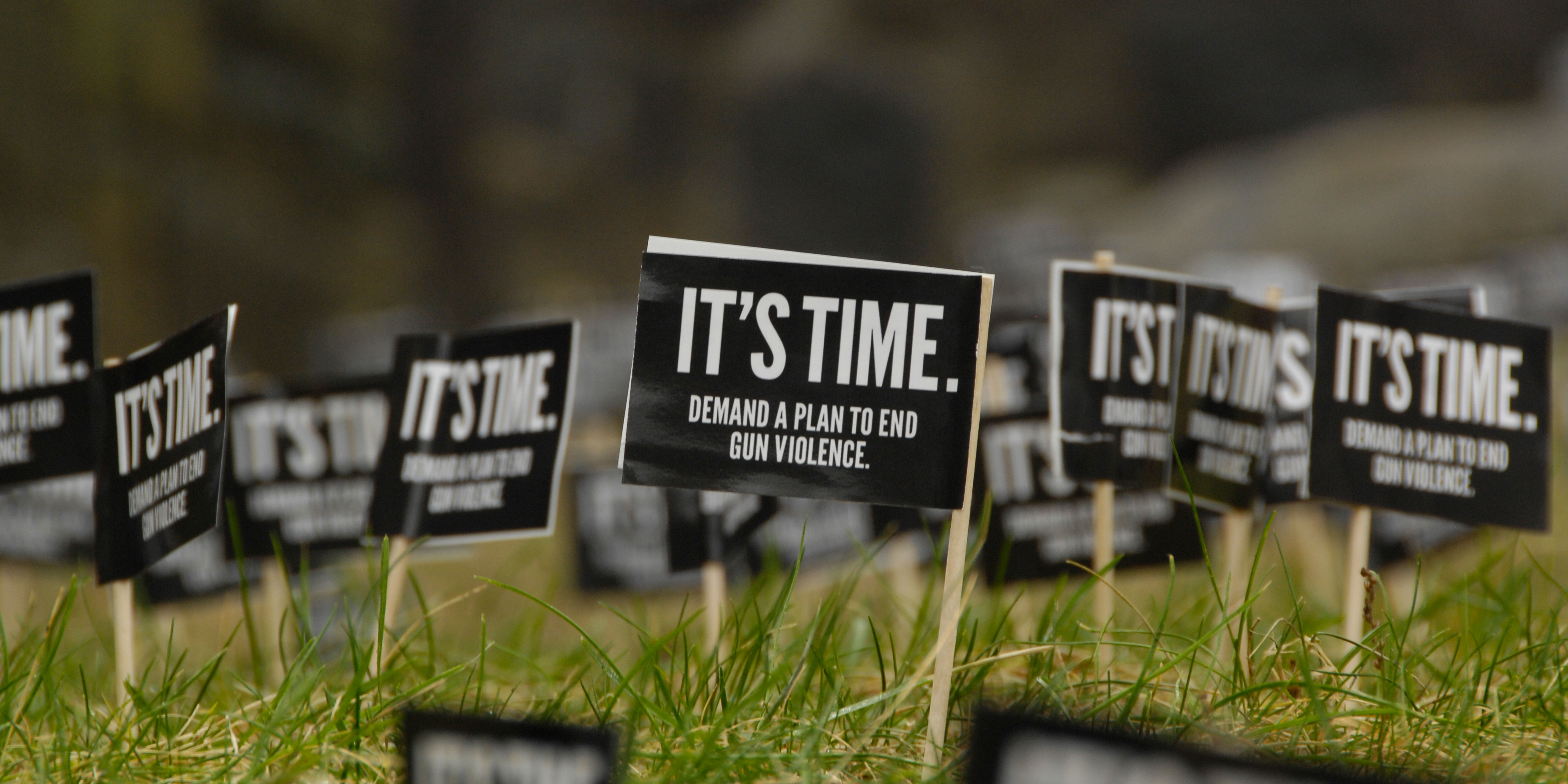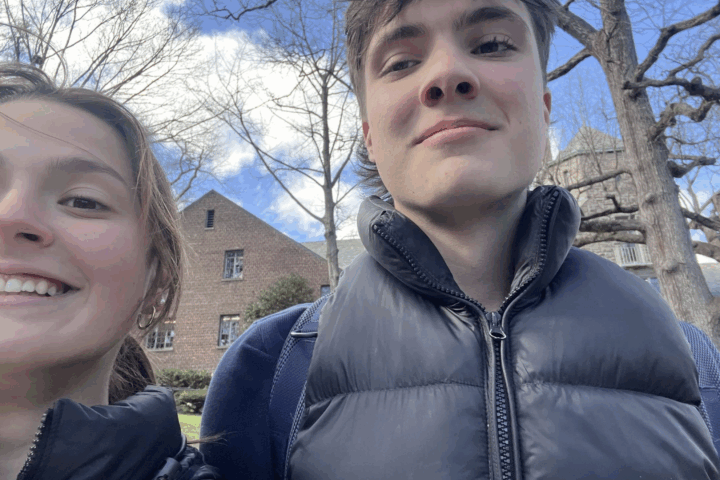
“[Gun violence] is probably the toughest issue I’ve dealt with in my entire career,” said chief mayoral policy advisor Johnathan Feinblatt at last week’s assembly. “Tough” is a very fitting word to describe the state of the gun debate in the United States. It’s an area where facts tend to take a back seat, the stakes are high, and emotions run even higher.
A productive debate on firearms is a rare thing to see in the modern era, and attempts at presenting the issue in an objective way are often lost in a sea of rhetoric. Despite these challenges, the “Day to End Gun Violence” is an example of the right way to publicly discuss guns.
The success of the MAD was mainly due to its careful balance of policy and humanity. Mr. Feinblatt’s speech, as well as sessions ranging from mental health to an in-depth examination of the second amendment, left participants with a deeper understanding of the facts behind the talking points. At the same time, activities like the “It’s Time” moment of silence on the quad and the Columbinus workshop drove home the message that those affected by gun violence are real people with families, friends, and lives, rather than merely statistics or pictures on a television screen.
Many were surprised to learn that suicides account for 61% percent of gun-related deaths and that mass killings account for only 0.1%. Many more could only fully appreciate the weight of gun violence in America after staring at the hundreds of black flags representing the over 30,000 fathers, mothers, daughters, and sons lost to firearms in this year alone.

The homicide rate in the United States is higher than that of almost any other developed country in the world. 67% of all homicides are committed with firearms, and gun-related injuries cost taxpayers $1.1 billion in healthcare costs every year. Mr. Feinblatt stated in his assembly speech that several years have passed since meaningful gun legislation was passed in the United States, and that many elected officials in Washington and around the country are afraid to so much as discuss gun violence for fear of losing their seats. However, he also said that the response to the shooting in Newtown, Connecticut provoked a fundamentally different public response than other shootings in recent memory.
Even though the background checks bill, which many consider to be the culmination of that response, ultimately failed, we often forget that after Newtown President Obama signed 23 executive orders to help address the issue of gun violence, and many states including New York passed new firearms regulations. Regardless of whether or not you support gun control, it is unhealthy to ignore any issue this important. The post-Newtown fight over background checks was the first time serious new gun regulations had been discussed in congress for a very long time, and it is imperative that the discussion continues.
The “Day to End Gun Violence” didn’t just push Fieldston to see the issue in a different way, it also reminded us of how much work there is left to do.
Despite its optimistic name, the “Day to End Gun Violence” was not intended to end on Thursday; it was supposed to be the beginning of a push for Fieldston to help create some real change. You don’t have to do anything fancy; helping create change can be as simple as splitting the money from one of your club’s bake sales with a gun reform group or picking up the phone when you get the inevitable call from Mr. Howard. That may not seem like much, especially when we’re looking at an issue where things like background checks can fail to be enacted with the support of 90% of the population. But real change is slow. Moving mountains takes decades, but that’s exactly why we need to start pushing today.
http://www.youtube.com/watch?v=7uxyx-OaGOM






